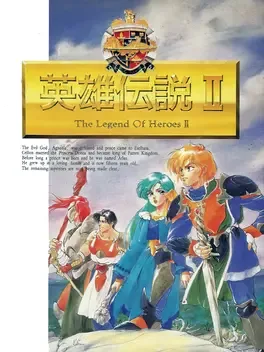Popular games for franchise Dragon Slayer
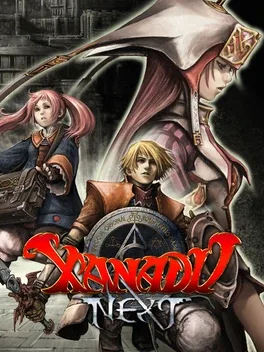
Xanadu Next is an exploration-centric action RPG from Nihon Falcom, the acclaimed creators of the Ys and The Legend of Heroes RPG franchises. A late entry in their immensely popular Dragon Slayer series and a spiritual follow-up to the late ‘80s cult classic Faxanadu, Xanadu Next puts players in the shoes of a gravely injured knight given a new lease on life through ancient magic who must now seek a legendary sword called “Dragon Slayer” to ensure his survival.
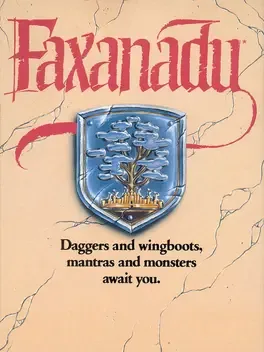
Faxandu is for the Famicom and NES. The name was licensed by Falcom and was developed and released in Japan in 1987. Nintendo also released the game to the world market in 1990. It can be considered a side-story of Xanadu, which is the second installment of Falcom's long-running RPG series, Dragon Slayer. The title is a combination of "Famicom" and "Xanadu"
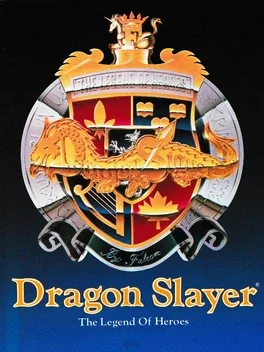
In this epic role-playing game, you must guide Prince Logan all accross the beautiful and dngerious world of Isrenasa in the quest to regain his throne. This game features a huge world to explore and many companions to join you on your journey. This game features one of the largest quests and most advanced interface of any role-playing game for the TurboDuo system.
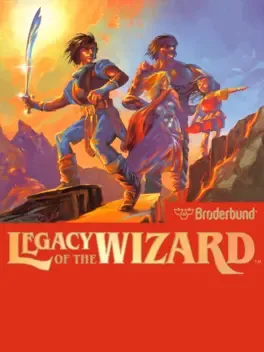
Play as five members of a family that set out to kill a dragon hidden within a giant maze.
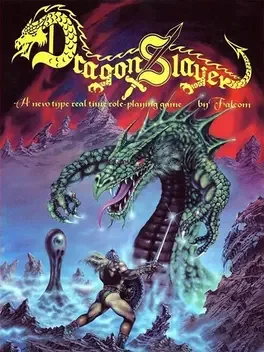
Dragon Slayer is an action RPG designed by Yoshio Kiya and developed by Nihon Falcom. The title helped to pioneer the action RPG genre in Japan and spawned many sequels that would spin-off into their own franchises over time.
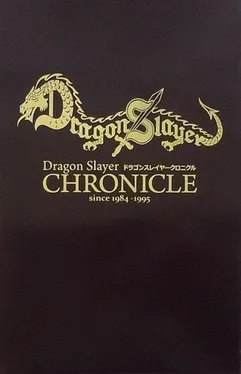
Dragon Slayer Chronicle is a compilation of twelve games from the Dragon Slayer series released for the PC by D4 Enterprise on June 15, 2012 in Japan. The package includes reproductions of Xanadu's and Dragon Slayer's original manuals, various artwork from the franchise and a soundtrack disc. Titles contained in the release include: - Dragon Slayer - Xanadu: Dragon Slayer II - Xanadu Scenario II - Romancia - Dragon Slayer IV: Drasle Family - Sorcerian - Dragon Slayer: The Legend of Heroes - Dragon Slayer: The Legend of Heroes II - Lord Monarch - Advanced Lord Monarch - The Legend of Xanadu - The Legend of Xanadu II
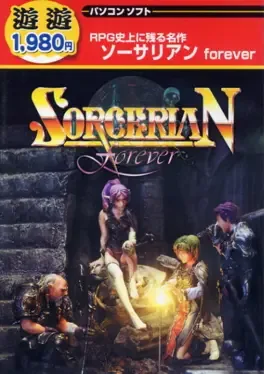
The sequel to the early RPG side-scroller Sorcerian.
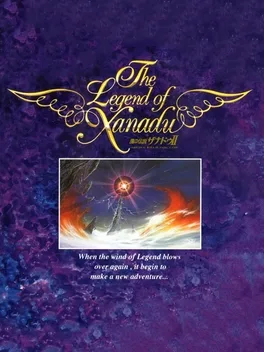
The Legend of Xanadu II is a direct sequel to the Legend of Xanadu, taking place three years after the original game.
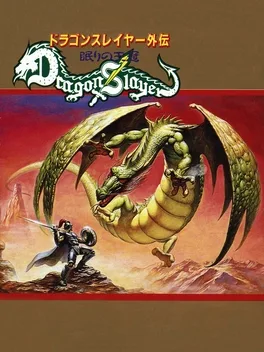
Dragon Slayer Gaiden: Nemuri no Oukan is a spin-off from Dragon Slayer series, developed by Agenda and published by Epoch for the Game Boy platform. The game was only released in Japan. Gameplay differs somewhat from the original Dragon Slayer in that there are now outdoors areas, as well as npcs that send you on specific quests. Combat is still real-time, but a new attack button brings the game closer to other action-rpgs like Zelda.
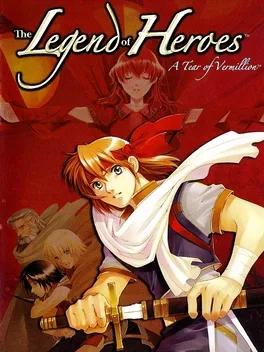
The fourth game in the Legend of Heroes series and the second in the Gagharv Trilogy. The PSP remake was renamed to simply "The Legend of Heroes: A Tear of Vermillion" and was the first entry in the storied franchise to be localized into English. The other 2 games in the trilogy were renamed because of this.
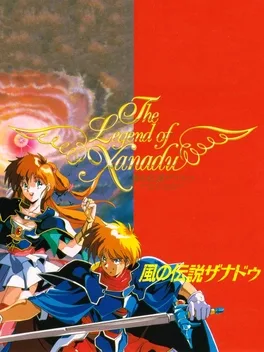
An overhead fantasy ARPG that uses a similar bump-attack style to the Ys games. Some unique features include a day/night cycle, some side-on action sequences and the ability to level up your weapons and armour.
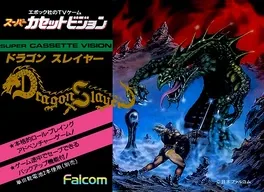
The Super Cassette Vision port of Dragon Slayer.
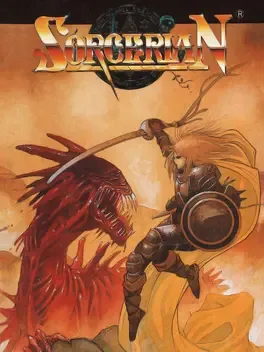
Sorcerian is a side-scrolling action-RPG. The player can create up to ten characters, from whom up to four members can be present in a party at the same time. Each character is highly customizable, with four different classes/races (fighter, wizard, elf, and dwarf) and over 60 possible jobs/occupations (ranging from clown to exorcist) available for them to perform; each has its own strengths and weaknesses, affecting the seven primary attributes (strength, intelligence, protection, magic resistance, vitality, dexterity, and karma) in different ways, as well as different equipment limitations. The player can choose from fifteen different scenarios, or quests, to play through in the order of their choice. The party must battle enemies and perform tasks within the given levels to clear each scenario, before moving onto another scenario of their choice. The player controls the entire party at the same time, with all four members running in a line, jumping in sequence, and attacking in unison. The party members follow behind in a manner similar to the Options in the arcade shooter Gradius (1985). Sorcerian also employs class-based puzzles, such as using a high-strength character to force open doors. All the characters have a default starting age of 16. Each time a player begins a new scenario, a year passes by, while additional time passes by in towns as a character goes through training or enchants items. The characters age at different rates depending on their race, with humans reaching old age at 60, dwarves at 100, and elves at 200. Upon reaching old age, for every year that passes, a character can die permanently at a random time. There is also an “Advance Time” to speed up the flow of time. Another new feature of Sorcerian was its episodic format that extended across various expansion packs. Besides the default fifteen scenarios that come with the game, there were a number of additional scenario packs released. The aging system was created with the additional scenario packs in mind.
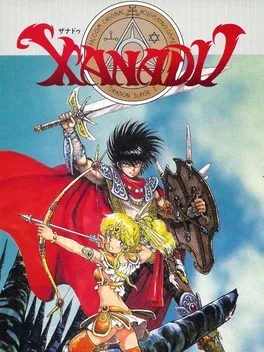
In Legend of Xanadu, the player controls a young adventurer named Areios. Monsters attack his homeland, and he is forced to flee. After traveling by ship and arriving at the town Bolda, Areios finds out that strange things have been happening in the North Cave near the town. His first mission will be to venture to the North Cave and investigate the matter. Of course, soon Areios finds himself involved in a battle against sinister forces, and commences the longest and most dangerous adventure of his life! The game is an action RPG set in the Dragon Slayer universe, with a gameplay style similar to Falcom's other popular series, Ys. Controlling Areios, the player explores the top-down world, visiting towns and fighting monsters in vast outdoor areas and dungeons. Like in Ys series, it is sufficient to "bump" into a monster in order to inflict damage. Areios gains hit points and becomes stronger by sustaining damage from enemies and resting. His weapons and armor can gain experience and level up. In many areas, companions will join Areios and help him in combat, controlled by the computer AI. The game is divided into chapters; the final stage of each chapter is a side-scrolling/platform level, which Areios has to navigate in order to reach the boss enemy, defeat him, and end the chapter. In such stages, the combat turns into a more familiar action-oriented style, with the player being required to press buttons in time in order to execute attacks and jump. There is a day/night cycle in the game, manifested not only in graphical changes, but also in the schedules of townspeople: when it's dark, people will return to their homes and go to sleep, etc.
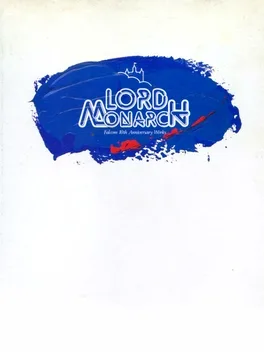
Lord Monarch is a real-time strategy war game by Nihon Falcom. The game is considered to be the seventh installment in the Dragon Slayer series. It was originally released in 1991 for the NEC PC-9801, and was later ported with enhanced theme swapping in 1992 to the Super Famicom, and then in 1994 to the Sega Mega Drive as "Lord Monarch: Tokoton Sentou Densetsu". During 1997, Lord Monarch was remade for Windows as "Lord Monarch Online" and released for free in both Japanese, and for the first time, English.
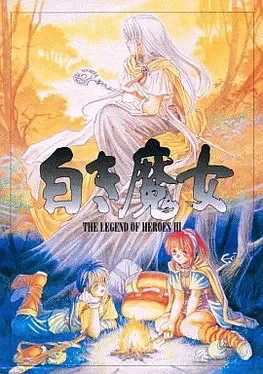
The Legend of Heroes III: Shiroki Majo (The White Witch) follows the adventures of a young boy named Jurio on his quest to complete his warrior initiation rite by traveling to five shrines. The game is the third entry in Falcom's long running RPG franchise and the first entry of the "Gargarv Trilogy" in the series. The White Witch was originally created for the NEC PC-98 on March 18, 1994 with several ports and remakes released in the future.
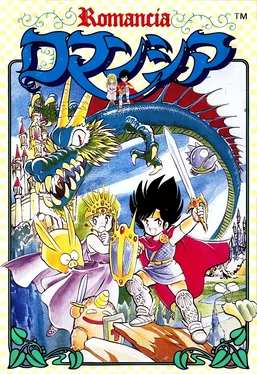
This game exists in two editions, one for the MSX1 and one for the MSX2 with better graphics. In Romancia: Dragon Slayer Jr., you are a young warrior whom the king sends on a mission to rescue a lost princess. You must leave the town and enter the dreadful monster-infested catacombs in order to complete your quest. The game is a departure from Dragon Slayer RPG-oriented gameplay style. It tends more towards medieval-themed platformer action. The hero has hit points, can buy items and weapons, use magic, and stay in inns to recover health. However, instead of receiving experience points and becoming stronger, you simply must attack quicker (by bumping into your opponent on platform levels) and jump higher.

Dragon Slayer I is a Game Boy conversion of the Dragon Slayer, an action RPG designed by Yoshio Kiya and developed by Nihon Falcom. The title helped to pioneer the action RPG genre in Japan and spawned many sequels that would spin-off into their own franchises over time.
